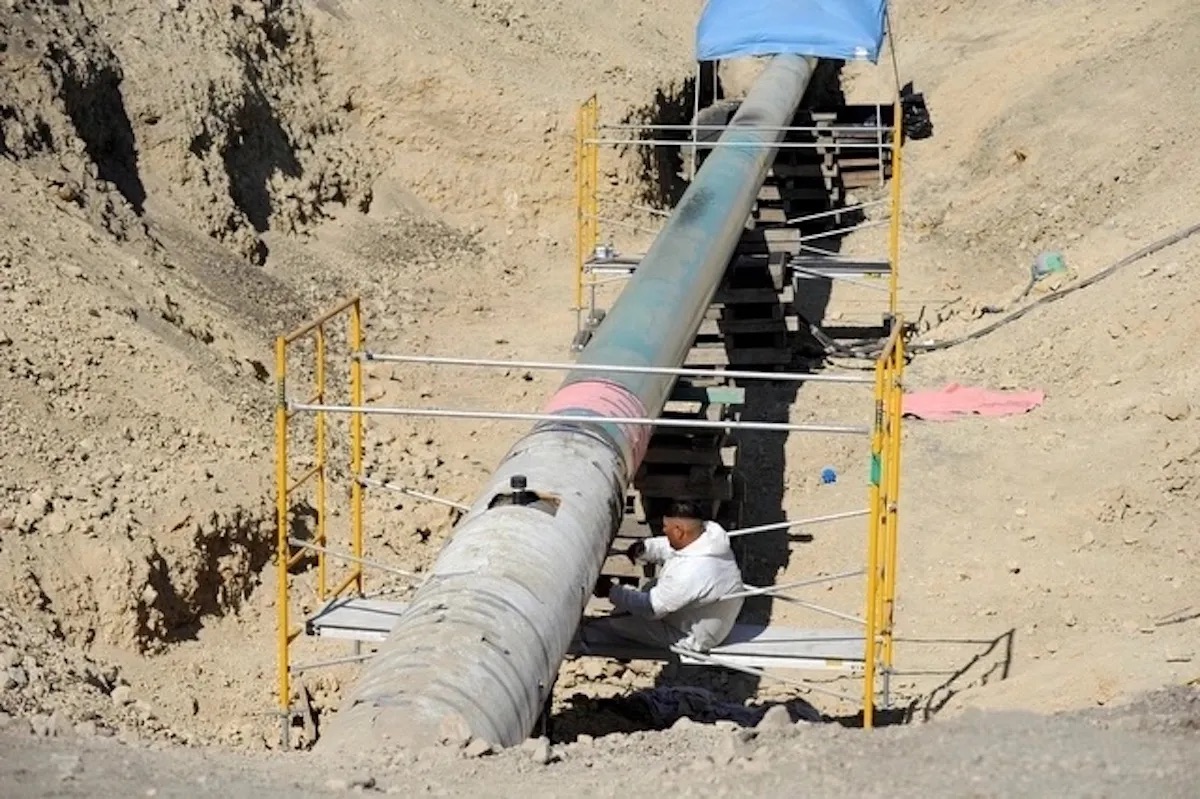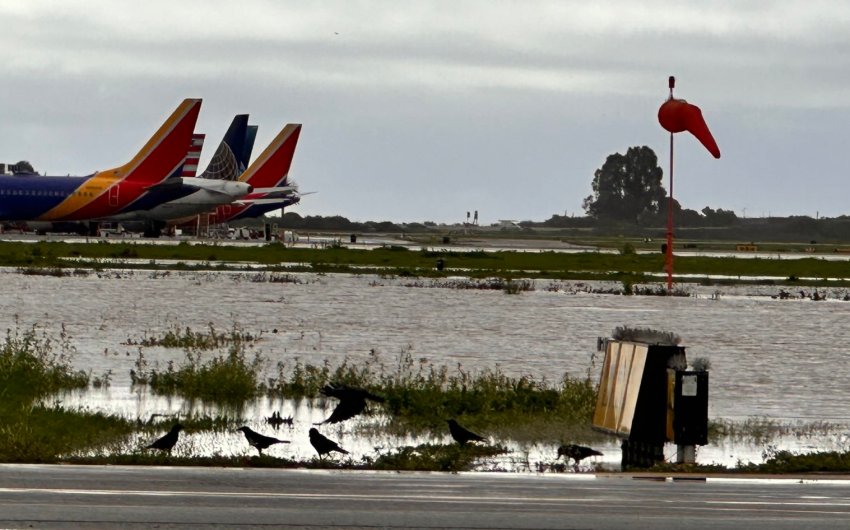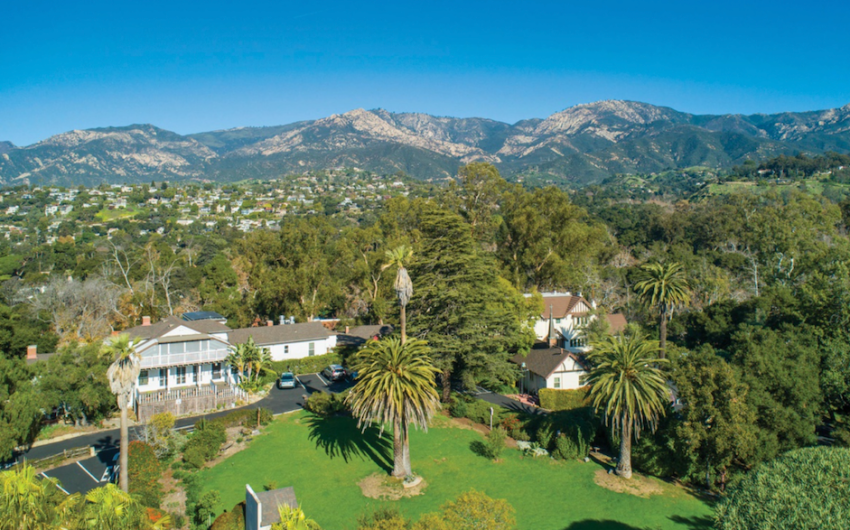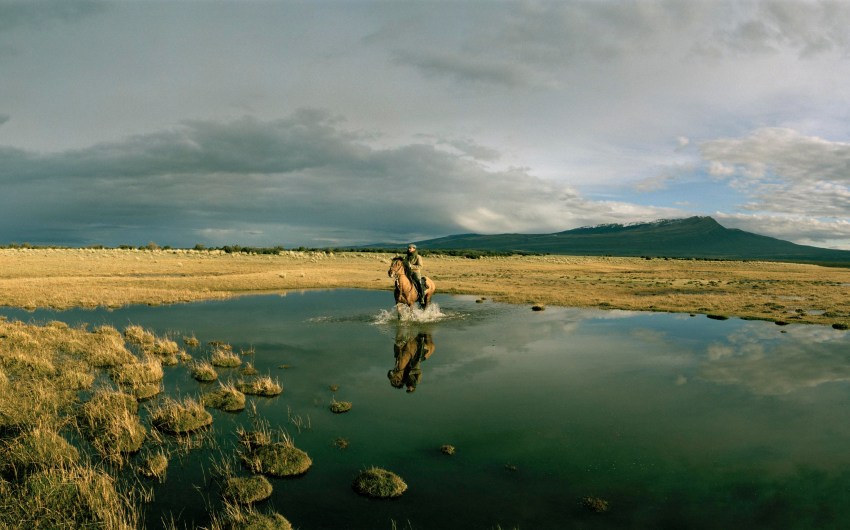First Bell of Opening Round in Santa Barbara County’s Showdown with Big Oil
Sable’s Application to Transfer ExxonMobil’s Offshore and Onshore Assets to Itself Deemed ‘Complete’

It’s now officially official. After three false starts, Sable Offshore has just submitted what county energy planners deem a “complete” application to transfer all of ExxonMobil’s assets offshore and on the Gaviota Coast to itself. While seemingly perfunctory, this marks the first step of many contentious ones to come in Sable’s much-ballyhooed campaign to restart oil production at the Santa Ynez Unit, effectively shut down by the Plains All American Pipeline rupture of May 2015 that saw a seven-mile stretch of coast contaminated by thousands of barrels of leaked oil.
That oil spill was caused by unchecked corrosion of its underground pipeline but was greatly exacerbated by company’s refusal to install automatic shut-off valves that would have otherwise limited the amount spilled. Since that spill, new state laws now require such shut-off valves on all pipelines.
When Sable — which has taken over that pipeline plus all ExxonMobil’s operations — sought the county permits needed to install 16 of those shut-off valves, the supervisors found themselves deadlocked 2-2. Because no action could be taken, the permits were effectively denied. Exxon sued and now Sable has assumed that role.
In the last month, a federal judge put the supervisors on notice that state law mandates the installation of those valves and to work the matter out with Sable.
Notably, that law was introduced by Supervisor Das Williams, then in the state legislature; Williams was one of the two supervisors to vote against the permits his legislation requires.
Last week, the supervisors met in closed session to discuss their legal options. On the fourth floor of the County Administration Building, the perception is the county’s case is weak and the stakes catastrophically high. But given the existential urgency with which climate change is regarded, it’s unclear which of the environmental-minded supervisors — Williams or Laura Capps — would blink. The Santa Ynez Unit is the single largest stationary producer of greenhouse gases in the county. (Supervisor Joan Hartmann shares many of those concerns but must abstain from voting because the pipeline runs close enough to her home to qualify as a conflict of interest.)
Earlier this summer, the State Fire Marshal — which regulates pipeline safety — rejected Sable’s alternative to automatic shut-off valves. In a brief rejection letter, the Fire Marshal all but ordered Sable to work out its differences with the supervisors.
Sable is not proposing to install a new pipeline in lieu of the corroded ones, but instead to repair the existing pipeline. Attorney Linda Krop with the Environmental Defense Center pointedly noted that it was Sable that withdrew its initial application to install newer, safer pipelines to pursue a riskier path — technically, environmentally, and politically.
She cited a draft environmental document that indicated even with the automatic shut-off valves installed but no new pipeline, the worst-case risk was that the pipeline would spill once a year and rupture once every four. The worst-case spill — even with the shut-off valves — Krop noted, was twice as big as the one that marred the coast and shut down oil production in 2015.








